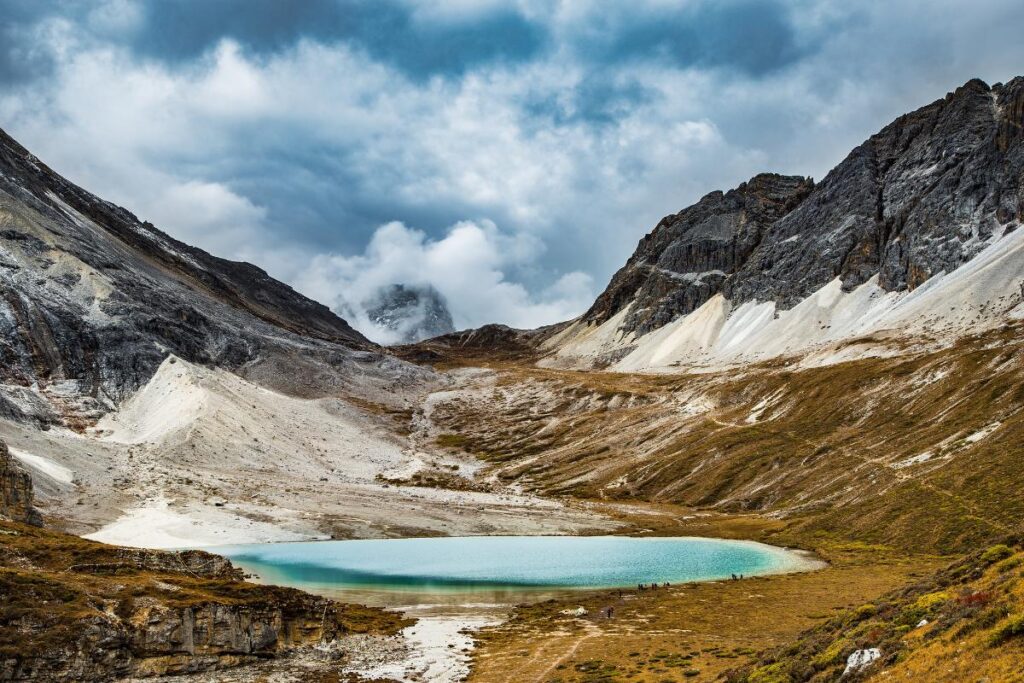The Kailash Mansarovar Yatra, one of the most sacred pilgrimages in the world, is set to resume from June 30, 2025, marking the end of a five-year suspension due to geopolitical tensions and pandemic-related restrictions. The Indian government has officially announced the re-opening of this revered journey, igniting joy and devotion among millions of pilgrims and spiritual seekers globally.
The Significance of the Kailash Mansarovar Yatra
Mount Kailash, standing tall at 6,638 meters in the Tibet Autonomous Region, is believed to be the abode of Lord Shiva and a sacred site in Hinduism, Buddhism, Jainism, and Bon religion. The nearby Lake Mansarovar, one of the highest freshwater lakes in the world, is considered to be the source of purity and spiritual enlightenment.
For Hindus, performing the parikrama (circumambulation) of Mount Kailash is a path to moksha (liberation). Buddhists believe Mount Kailash is the residence of Demchok, a powerful deity representing supreme bliss. Jains associate it with Rishabhadeva, the first Tirthankara, while the Bon religion considers it the axis of the world.
Why the Yatra Was Suspended for Five Years
The Kailash Mansarovar Yatra was suspended in 2020 due to a combination of COVID-19 pandemic restrictions and India-China border tensions. Since then, devotees have waited patiently for this sacred route to reopen. With diplomatic dialogues progressing and international travel becoming more viable, the Indian Ministry of External Affairs (MEA) has decided to resume the pilgrimage under enhanced safety protocols.
New Routes for 2025 Kailash Mansarovar Yatra
To ease access and reduce dependency on China-controlled routes, the Indian government has taken strategic steps to introduce alternative pathways for the Kailash Mansarovar Yatra:
1. Lipulekh Route (Uttarakhand)
- This route passes through Pithoragarh, Gunji, and Nabhidhang, reaching the Lipulekh Pass.
- It offers an awe-inspiring view of Mount Kailash and passes through ancient trade routes.
- This remains one of the most established routes for the Yatra.
2. Nathu La Route (Sikkim)
- Pilgrims travel via Gangtok, passing through scenic landscapes before reaching Tibet.
- This route is less physically demanding, ideal for senior citizens and those with health concerns.
3. New Road via Gunji and Adi Kailash
- As part of India’s border infrastructure development, a new motorable road from Dharchula to Lipulekh via Gunji now allows easier access.
- It significantly reduces trekking time and enhances pilgrim comfort.
Registration Process for 2025
The Ministry of External Affairs (MEA) will manage the registration for the Kailash Mansarovar Yatra 2025. Here’s a complete guide:
Eligibility Criteria
- Applicants must be Indian citizens, aged between 18 to 70 years.
- They must be medically fit and undergo thorough medical tests from certified institutions.
- Valid passport is mandatory.
Registration Steps
- Visit the official MEA website: kmy.gov.in
- Fill in the online application form.
- Upload passport, photo, and medical certificates.
- Pay the registration fee.
- Wait for selection via computerized draw of lots.
Key Dates
- Online Registration Opens: May 10, 2025
- Last Date to Apply: June 10, 2025
- Yatra Commences: June 30, 2025
- Yatra Ends: September 15, 2025
Yatra Duration, Costs & Logistics
Duration
- Lipulekh Route: Approximately 23 days
- Nathu La Route: Around 21 days
Estimated Cost
- Lipulekh Route: ₹1.75 to ₹2 lakh (includes food, lodging, and transport)
- Nathu La Route: ₹2.5 to ₹2.8 lakh
Costs may vary based on accommodation, transportation, guide services, and emergency arrangements.
Medical & Travel Insurance
- Compulsory for all participants.
- Insurance should cover high-altitude trekking, medical evacuation, and hospitalization.
Key Places En Route the Kailash Mansarovar Yatra
1. Dharchula
A quaint Himalayan town where pilgrims begin their journey with final preparations and acclimatization.
2. Gunji
A vital halt point for medical checks and document verification.
3. Pithoragarh
Known as “Mini Kashmir,” this town offers stunning views and serves as the logistical base.
4. Taklakot (Burang)
A Tibetan town offering modern facilities and shops for final shopping before starting the parikrama.
5. Lake Mansarovar
A spiritual haven where pilgrims take a holy dip to purify the soul and perform rituals.
6. Mount Kailash Parikrama
A challenging yet rewarding 52-km trek, taking 3 days, across Dirapuk, Dolma La Pass, and Zuthulpuk.
Spiritual and Cultural Preparation
Religious Practices
- Chanting Om Namah Shivaya and other mantras throughout the journey.
- Performing Rudra Abhishek and Havan at Mansarovar.
Mental Readiness
- Pilgrims are encouraged to practice yoga and meditation.
- Reading spiritual texts like the Shiva Purana and Vedas enhances the journey’s essence.
Safety and Precautions
- Acclimatization: Spend at least two days at high-altitude stations to avoid AMS (Acute Mountain Sickness).
- Medical Kit: Carry oxygen cylinders, first aid, and prescribed medicines.
- Clothing: Wear layered thermal gear, windproof jackets, and waterproof hiking boots.
- Communication: Satellite phones will be provided at checkpoints.
- Group Travel: Always stick with your assigned group and guides.
Conclusion: A Journey Beyond Borders and Beliefs
The resumption of the Kailash Mansarovar Yatra in 2025 is more than just a reopening of a travel route; it is a reconnection with divine energy, a chance to embark on a soul-cleansing pilgrimage that transcends national boundaries, religious doctrines, and physical limitations.
Whether you are a devout Hindu, a passionate spiritual traveler, or a seeker of life’s deeper meanings, the Mount Kailash pilgrimage awaits you with open arms and ancient blessings.
Don’t miss this opportunity to be among the first batch of pilgrims to walk the sacred path again after half a decade.

